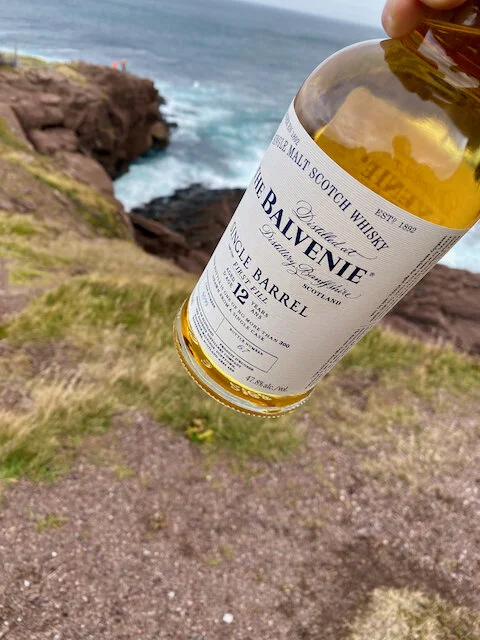The Bruichladdich Octomore series and Ardbeg Supernova series hold a special place for me. As a peated whisky fan, I purchased the 2010 releases on my first trip to Scotland, and have been following their progression since. There are similarities between these whiskies. They’re both pushing the boundaries of extreme peat levels, and they’re both bottled without an age statement. They both also have a big cult following with consumers willing to pay high price for them.
In 2010, these whiskies were ahead of their time. High-priced no-age statement (NAS) was a rarity saved for special releases. Today, that’s no longer the case. Expensive NAS whiskies are becoming the norm. The debate around NAS whisky comes down to price. Are you getting the same quality for the same price compared to whisky with an age statement? Revisiting Bruichladdich and Ardbeg peated NAS whiskies in 2014, I’m seeing the best and the worst of this debate.
One would think that NAS whisky and high levels of peat are a natural compliment. The assumption can be made that lengthy barrel maturation isn’t necessary with a whisky that is overpowering with smokiness. In many ways, the opposite is true. Flavours that come from barrel maturation (vanilla, spice) are necessary for balance. Otherwise you’re just drinking peated white dog. And that’s not a thing (Though I’m sure someone will make it a thing).
No-age statement whisky is a challenge to pull-off. NAS whisky was an important part of Bruichladdich’s strategy when reopening in the early 2000s. Octomore generated revenue from 5 year matured whisky, moving this young whisky into a high-priced range. They pulled it off beautifully, and while I haven’t had each edition of Octomore, the ones I have had I enjoyed a great deal. Ardbeg Supernova, on the other hand, had two releases in 2009 and 2010 and then went dormant leaving whisky fans pining for its return. In subtle ways, Ardbeg Supernova 2010 was a better product compared to Octomore’s release at the time.
But what about today?
I did several blind tastings of Octomore 6.1 and Supernova 2014. If their flavours were comparable to sports cars (work with me on this one), the Ardbeg is a deep throttling Mustang that bursts in heavy off the line with volume and speed. It dies, however, quite quickly toward the finish in a heavy slow loud mess. The Octomore bursts in with high-revving gear changes that take it through into a beautiful long finish like a well balanced sports car that takes turns beautifully.
To be fair to the Supernova, its biggest fault is it pales next to Bruichladdich’s Octotmore 6.1. To also be fair to other whiskies, I enjoy the much cheaper (and also NAS) Laphroaig Quarter Cask far more. Supernova 2014 does get better through the start and middle when allowed to sit in the glass for over 10 minutes, but I can’t get over the flat unpleasant finish. Maybe I purchased a spoiled bottle, but the reviews for Supernova 2014 have not been overly positive.
These drinks represent today’s whisky world. They’re both expensive. They’re both bottled without an age statement. The Bruichladdich represents an excellent example of a no-age statement whisky that’s rewarding in flavour. Ardbeg Supernova 2014 is an example of the concern around scotch whisky. High-priced, high-demand, and in my opinion, lesser quality. Ardbeg Supernova 2014 is a commercial success, but will it hurt the Ardbeg brand?








